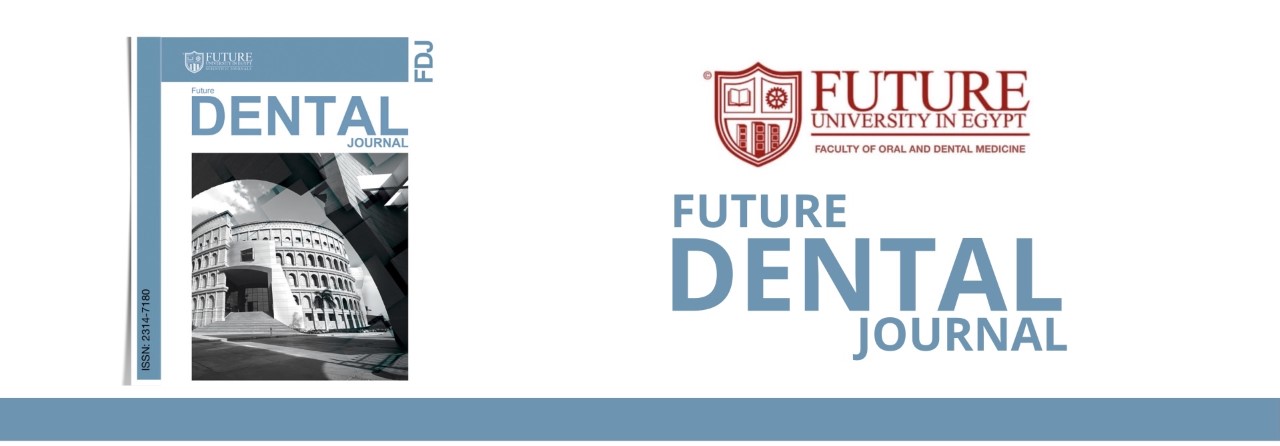
ORCID
https://orcid.org/0009-0008-3674-4438
Abstract
This study aimed to evaluate the accuracy of Dolphin Imaging Software and QuickCeph Studio in predicting the soft tissue profile following extraction treatment of Class II malocclusion. The study included 32 Class II patients aged 14 to 30 years who had previously undergone orthodontic treatment with extraction of first premolars. The accuracy of both software applications was evaluated using preoperative and postoperative lateral cephalometric X-rays and extra-oral photographs to compare the predicted outcomes with the actual post-treatment outcomes. Results: there was no significant difference between posttreatment and predicted regarding dolphin software while there was only a significant difference between posttreatment and predicted QuickCeph software in only the lower lip thickness. The study revealed no significant difference between the software applications in predicting soft tissue profile outcomes. Therefore, it can be concluded that both Dolphin Imaging Software and QuickCeph Studio are reliable tools for predicting the soft tissue profile outcomes of orthodontically treated Class II extraction cases, with no significant difference between them. In summary, the study provides evidence that Dolphin Imaging Software and QuickCeph Studio are suitable for predicting soft tissue profile outcomes and can be considered equally reliable tools for orthodontic treatment planning.
Recommended Citation
Hashem MA, Abdel Majeed HM, Talaat SM. Accuracy of Dolphin Imaging Software vs QuickCeph Studio in Prediction of the Extraction Treatment Outcomes of Class II Malocclusion in Adult Patients: A Retrospective Study. Future Dental Journal. 2025; 10(2):119-129.

